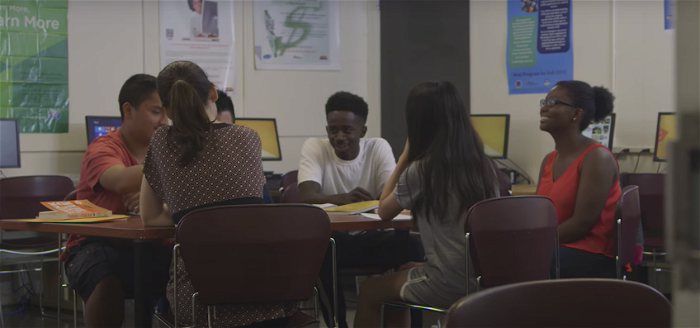
The Big Blur: An Argument for Erasing the Boundaries Between High School, College, and Careers —and Creating One New System That Works for Everyone
This paper argues for a radical restructuring of education for grades 11 to 14—by erasing the arbitrary dividing line between high school and college—to open opportunities for the learners our current systems leave behind. We…





